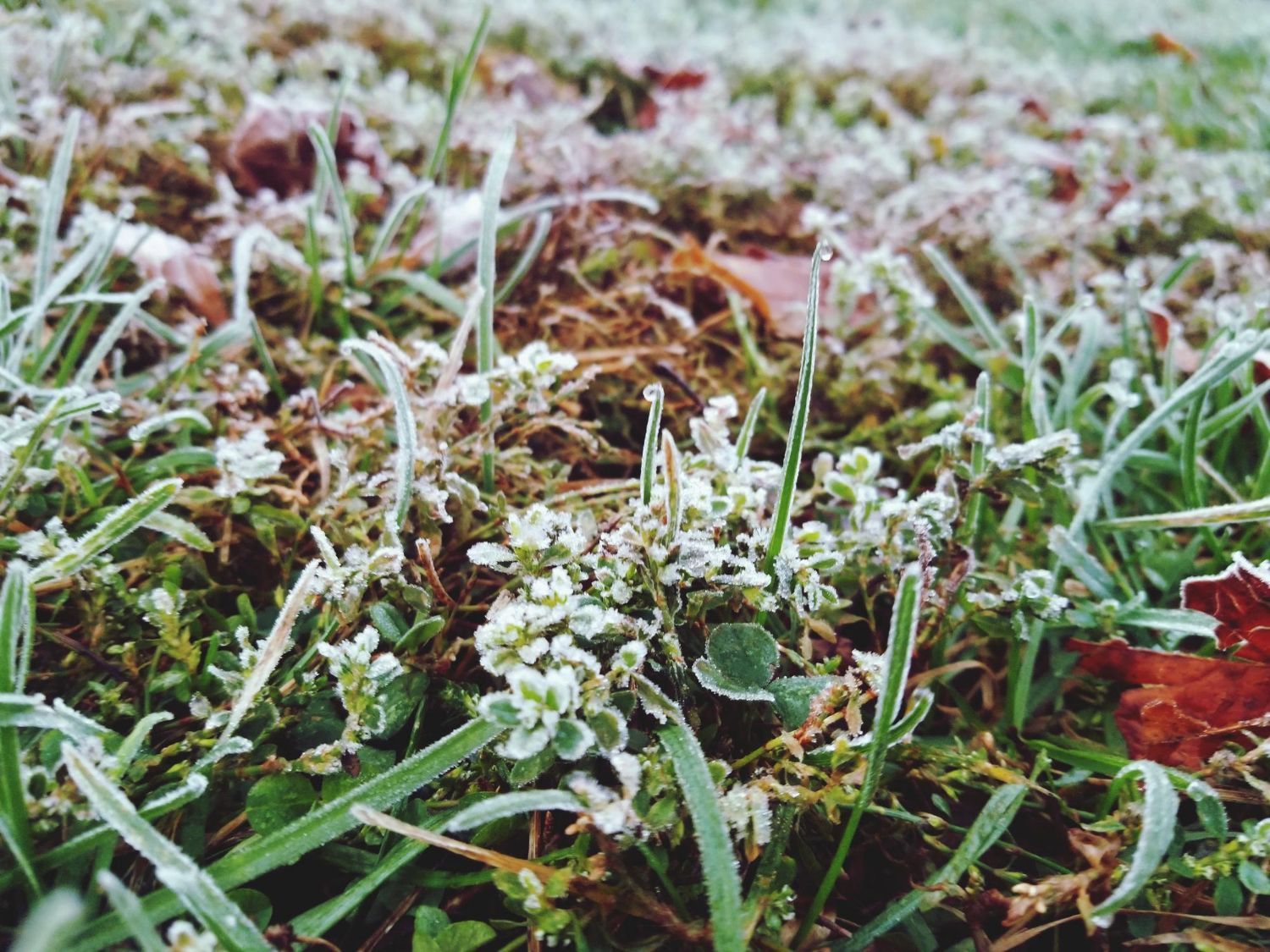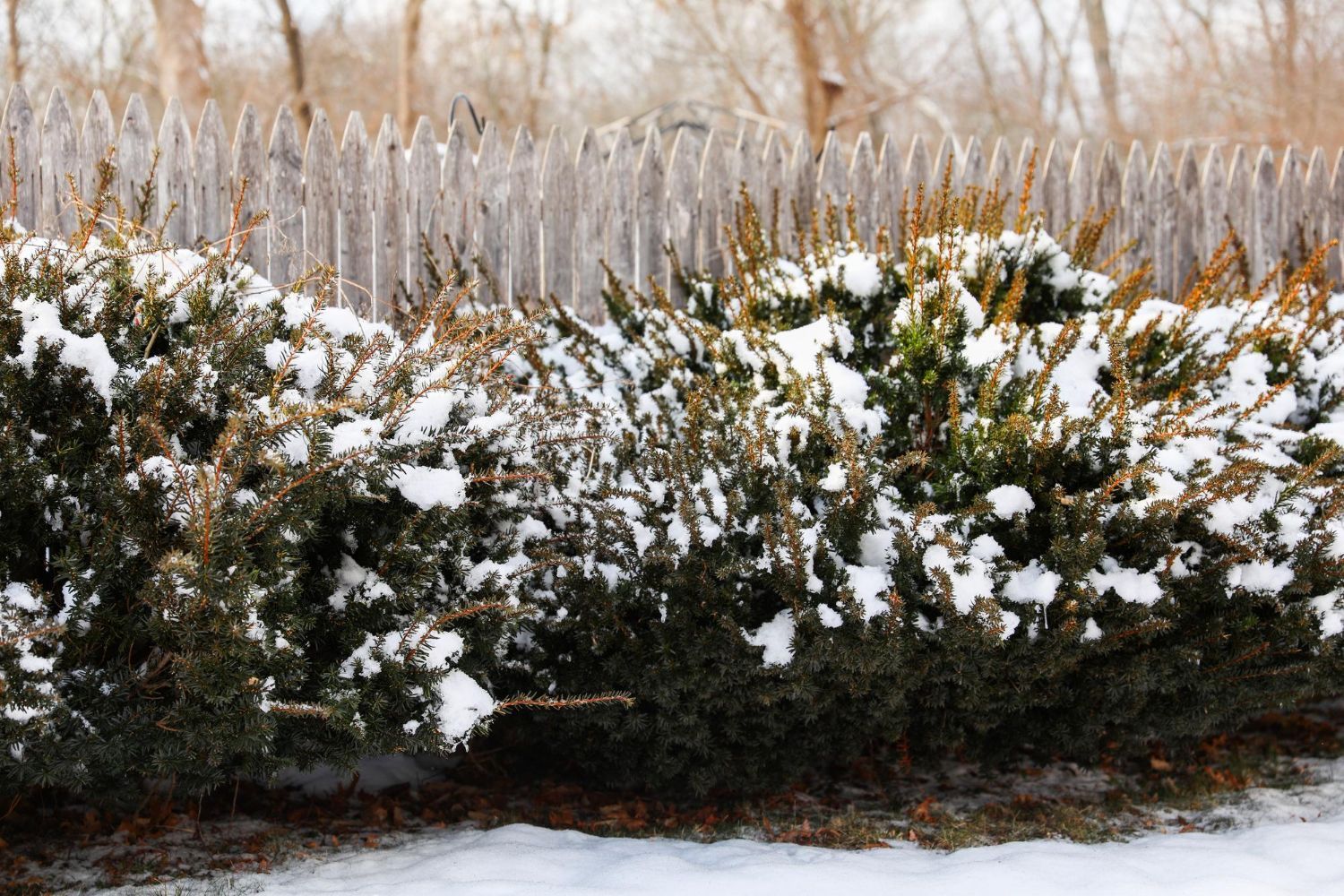What Our Customers Are Saying
Tips for Weed Control and Fertilization
Maintaining a beautiful lawn involves more than just regular mowing. Controlling weeds and proper fertilization are critical parts of the process. Weeds can quickly take over your yard if not managed effectively, while the right fertilization helps your lawn grow thick and green. Knowing the right strategies for both can make a huge difference in the health of your lawn.
Weeds come in many forms and each requires specific techniques to control. Broadleaf and grassy weeds are the most common types, and understanding their differences is key to managing them effectively. With the right combination of pre-emergent and post-emergent herbicides, you can keep these pesky invaders at bay.
In this article, we will explore the types of weeds you might encounter and the best methods for controlling them. We will also provide tips on choosing and applying fertilizer, as well as seasonal strategies for keeping your lawn in top shape.
Understanding Different Types of Weeds
Broadleaf Weeds
Broadleaf weeds are some of the most common invaders in lawns. These weeds have wide, flat leaves that make them easy to distinguish from grasses. Examples include dandelions, clover, and plantain. Broadleaf weeds can spread quickly if not controlled early.
They typically grow in areas with poor soil conditions or where the grass is thin. To control broadleaf weeds, it's important to maintain a healthy lawn. A thick, lush lawn will naturally crowd out many weeds. When you spot these weeds, you can use specific herbicides designed to target broadleaf plants without harming your grass.
Grassy Weeds
Grassy weeds resemble grass, making them harder to identify. They can blend right into your lawn, but they usually grow faster and more aggressively than desirable grass types. Common grassy weeds include crabgrass, nutsedge, and foxtail.
These weeds often thrive in stressed areas of your lawn, such as places with compacted soil or inadequate water. Controlling grassy weeds requires a different approach than broadleaf weeds. Using pre-emergent herbicides in early spring can help prevent these weeds from germinating. Once they appear, post-emergent herbicides can help remove them.
Effective Weed Control Methods
Pre-emergent Herbicides
Pre-emergent herbicides are applied before the weeds start to grow. They form a barrier in the soil that prevents weed seeds from germinating. Timing is crucial with pre-emergent herbicides. They should be applied in early spring before the soil temperature reaches 55 degrees Fahrenheit, as this is when most weed seeds begin to sprout.
Pre-emergent herbicides are effective against both broadleaf and grassy weeds. They don't kill existing weeds, so it's important to use them as a preventative measure. Read and follow the label instructions carefully to apply the herbicide effectively and safely.
Post-emergent Herbicides
Post-emergent herbicides target weeds that have already sprouted and are visible in your lawn. These herbicides come in two main types: selective and non-selective. Selective herbicides are designed to kill specific weeds without harming your grass, while non-selective herbicides kill any plant they come into contact with.
For lawn care, selective herbicides are ideal. Use them to spot-treat problem areas where weeds have already taken hold. Apply post-emergent herbicides on a calm day to avoid drift that could harm nearby plants. Follow the label instructions for the best results and to ensure your lawn stays healthy.
Best Practices for Lawn Fertilization
Choosing the Right Fertilizer
Selecting the right fertilizer is essential for maintaining a healthy lawn. Fertilizers come in various formulations, including those rich in nitrogen, phosphorus, and potassium. Each nutrient has a specific role in promoting grass health. Nitrogen fosters leaf growth, phosphorus supports root development, and potassium strengthens resilience against diseases.
When choosing a fertilizer, consider your lawn’s specific needs. A soil test can tell you which nutrients are lacking. Slow-release fertilizers are great for sustained feeding, while quick-release options offer immediate results. Always read the label to ensure you’re giving your lawn exactly what it needs.
Proper Application Techniques
Applying fertilizer correctly ensures that your lawn gets the most benefit. Start by mowing your lawn to a normal height. This prepares the grass for optimal nutrient absorption. Use a spreader to distribute the fertilizer evenly across your lawn. Walk at a steady pace to avoid applying too much in one spot.
Water your lawn after fertilizing. This helps the nutrients soak into the soil and reach the roots. Avoid fertilizing just before heavy rain, as it can wash away the nutrients before they’re absorbed. Follow the recommended schedule for your specific type of grass to keep it healthy and vibrant.
Seasonal Weed Control and Fertilization Tips
Spring and Summer Strategies
Spring and summer are the prime seasons for lawn care. Begin in early spring by applying pre-emergent herbicides to prevent weeds from sprouting. Follow up with a balanced fertilizer to give your lawn the nutrients it needs to grow strong. Regular mowing and watering are crucial during these months.
As the weather warms up, monitor your lawn for signs of weeds and pests. Apply post-emergent herbicides as needed to keep weeds under control. Fertilize again in late spring or early summer to maintain lush growth. Keep your lawn well-watered, especially during dry spells, to prevent stress and ensure even growth.
Fall and Winter Preparations
Fall is the time to prepare your lawn for the colder months. Apply a fertilizer rich in potassium to strengthen your grass and make it more resilient to winter conditions. This is also a good time to aerate your lawn. Aeration helps break up compacted soil and allows nutrients and water to penetrate deeper.
In late fall, apply a final round of pre-emergent herbicides to prevent winter weeds. Rake up fallen leaves to avoid smothering your grass. During winter, minimize foot traffic on your lawn to prevent damage. Planning and taking these steps will ensure a healthier lawn when spring arrives.
Conclusion
Maintaining a vibrant, weed-free lawn takes effort and knowledge. Understanding different types of weeds and using effective control methods will keep unwanted plants at bay. Choosing the right fertilizer and applying it correctly ensures your grass gets the nutrients it needs to thrive.
Seasonal weed control and fertilization strategies help your lawn stay healthy all year round. By following these tips, you can enjoy a beautiful, lush yard that enhances your outdoor space.
For expert help in managing your lawn, contact Healthy Lawn today. Our professional services will keep your yard in top condition, so you can enjoy a green, healthy lawn without the hassle!









